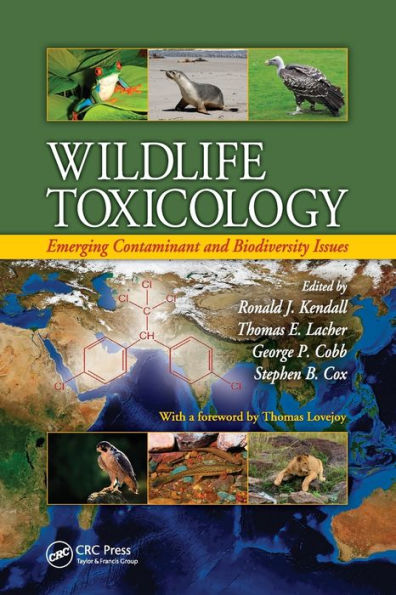5
1
9780367384081



Wildlife Toxicology: Emerging Contaminant and Biodiversity Issues / Edition 1 available in Hardcover, Paperback, eBook

Wildlife Toxicology: Emerging Contaminant and Biodiversity Issues / Edition 1
- ISBN-10:
- 0367384086
- ISBN-13:
- 9780367384081
- Pub. Date:
- 09/19/2019
- Publisher:
- Taylor & Francis
- ISBN-10:
- 0367384086
- ISBN-13:
- 9780367384081
- Pub. Date:
- 09/19/2019
- Publisher:
- Taylor & Francis

Wildlife Toxicology: Emerging Contaminant and Biodiversity Issues / Edition 1
$82.99
Current price is , Original price is $82.99. You
82.99
In Stock

Product Details
| ISBN-13: | 9780367384081 |
|---|---|
| Publisher: | Taylor & Francis |
| Publication date: | 09/19/2019 |
| Pages: | 340 |
| Product dimensions: | 6.12(w) x 9.19(h) x (d) |
About the Author
What People are Saying About This
From the B&N Reads Blog
